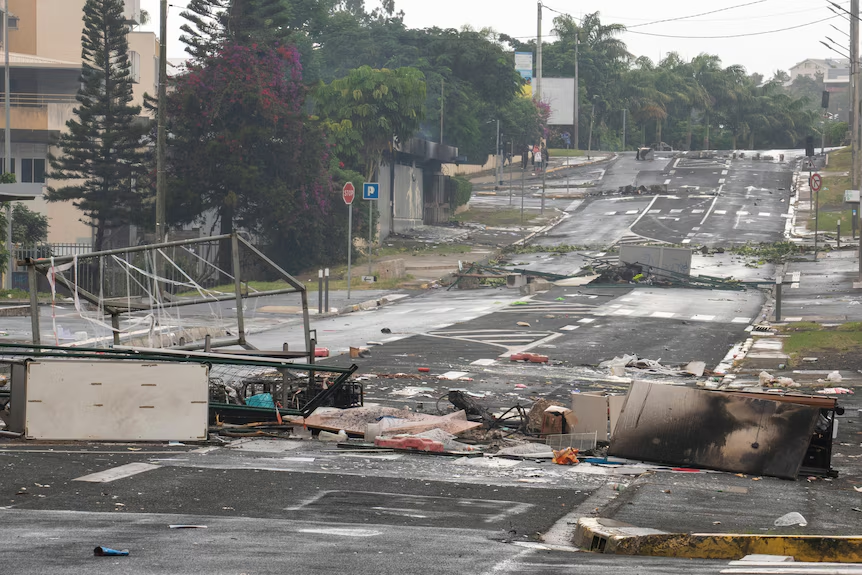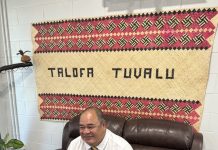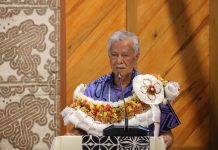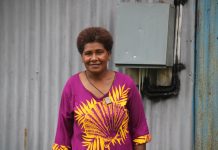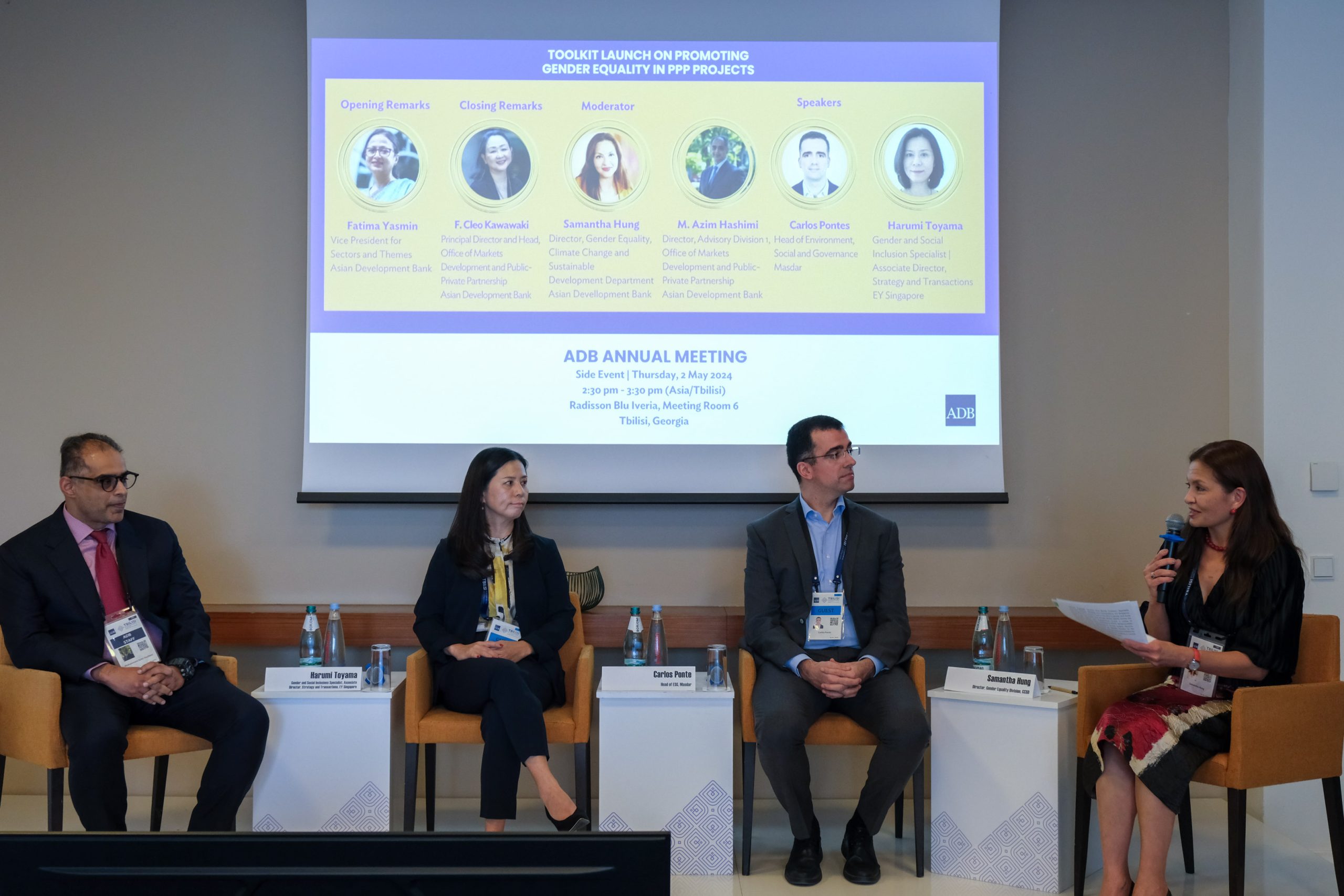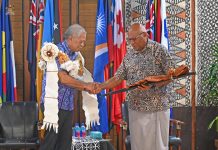Private and public companies that bid for contracts funded through the Asian Development Bank’s Public-Private Partnership (PPP) can expect gender equality component requirements in the bid document.
This follows the launch of ADB’s gender equality toolkit for PPPs in November last year.
This initiative by the regional multilateral development bank reflects a growing appreciation of the pivotal role gender equality plays in developing major infrastructure projects that will impact women and their livelihoods.
“ADB saw a gap and the need to standardise the way to look at gender equality. It’s not just a check-list but a stepping stone to adopt gender lenses in PPP projects, explained Azim Hashimi of the ADB’s Market Development and Public-Private Partnership (PPP) office.
He was in a panel of experts at the ADB Annual Meeting in the Georgian capital, Tbilisi last Thursday.
“This tool kit was developed to serve as an entry point for anyone who is engaged in PPP operations and to integrate gender considerations in PPP projects throughout the development cycle.
Other panelists spoke on the potential PPPs have in promoting gender equality.
Harumi Toyama, a gender and social inclusion specialist with Ernst & Young Singapore agreed there is a growing interest to integrate gender equality in project funding proposals.
She shared her own experiences with a project in rural Georgia where a transport company was replacing its bus fleet. The project considered a gender equality action plan – which included recruiting more women drivers, more women to work in the company and developed an inclusive transport plan for women in the area.
“From experience, gender equality is always silent in developing PPP projects. This is a missed opportunity- and it makes business sense to consider the needs of women, Toyama explained responding to questions about gender equality adding to costs of the project.
ADB recognised the loss of opportunities for not integrating gender consideration, and the benefits of including women’s perspectives in PPPs – and came up with the toolkit to ensure the gender lense is applied to its PPP projects.
“Women and men have different needs, experiences, and challenges that can define the outcome of projects. Women are key users of infrastructure and its services, and their participation at all levels has positive outcomes; yet, their voices are often not heard at the community, executive, and decision-making levels, explained in the toolkit.
Another benefit for ADB members is that it will assist them meet their commitments to address gender equality through gender inclusive policies, including legal and regulatory frameworks governing PPPs.
The toolkit emphasises the point that women are important stakeholders for PPP projects across the projects’ development cycle, not only as users but also as planners, investors, constructors, and operators.
Infrastructure projects with gender-inclusive design features can help to achieve better development results and make positive economic impact through an increase in use among women, said Samantha Hung, ADB’s director Equality Division.
“Addressing gender issues in PPPs requires understanding of the basic links between gender equality issues and infrastructure development. Consideration of the intersection, gaps, and opportunities between gender and PPPs can help governments, the private sector, and development partners better plan, prepare, and implement PPP projects.
The rollout of the gender equality toolkit represents a significant leap forward in promoting gender-inclusive infrastructure development and upholding the ADB’s pledge to advance gender parity across its member nations.


